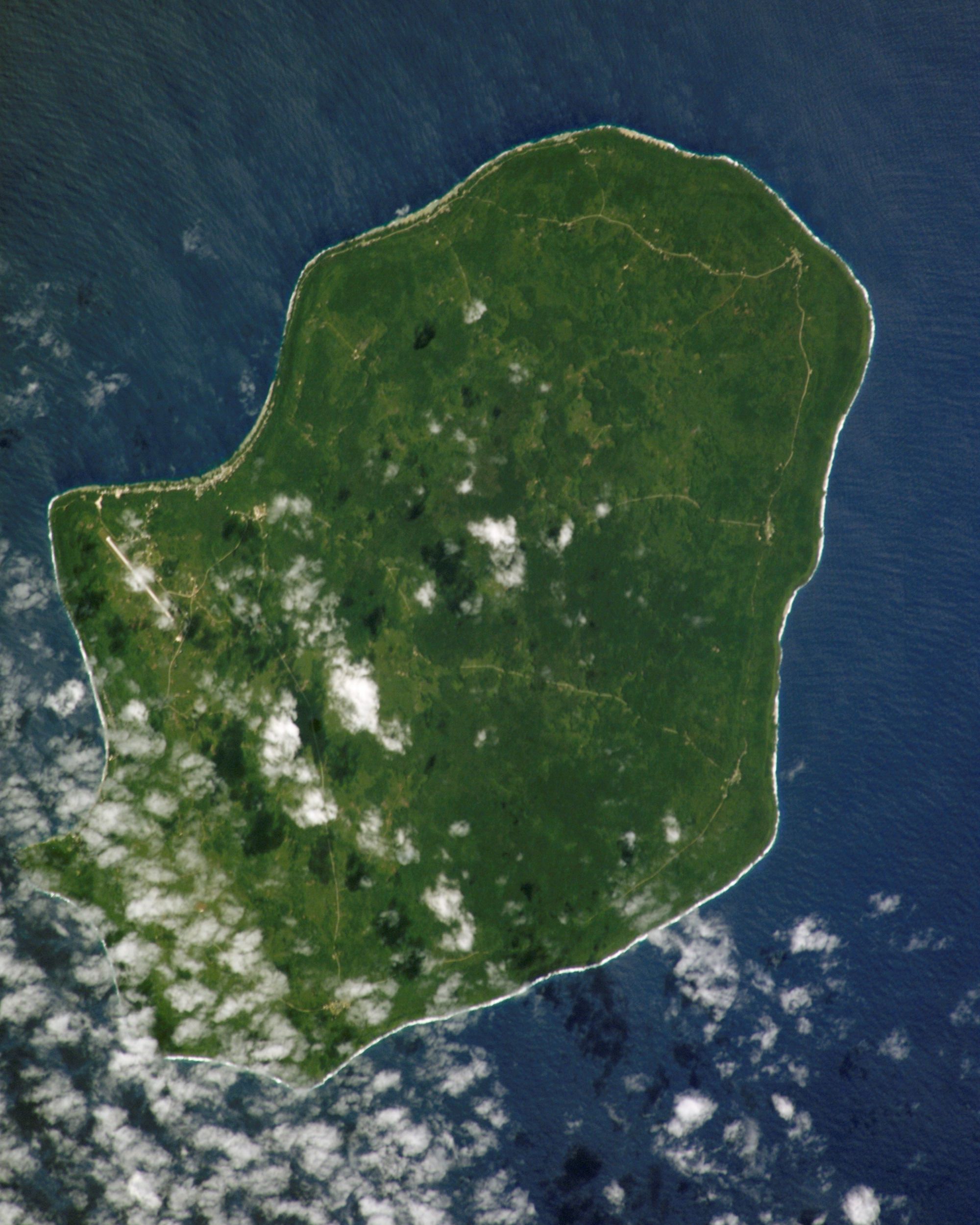Low island on:
[Wikipedia]
[Google]
[Amazon]

 Geologically, a low island is an
Geologically, a low island is an
''"'High' and 'Low' Islands in the Eastern Carolines"'', Geographical Review, Vol. 39, No. 3, Jul., 1949.
Retrieved 2011-09-22.
''Micronesian culture: High island and low island cultures'' at Britannica.com.
Retrieved 2011-09-22. Islands by type {{island-stub
 Geologically, a low island is an
Geologically, a low island is an island
An island (or isle) is an isolated piece of habitat that is surrounded by a dramatically different habitat, such as water. Very small islands such as emergent land features on atolls can be called islets, skerries, cays or keys. An island ...
of coral
Corals are marine invertebrates within the class Anthozoa of the phylum Cnidaria. They typically form compact colonies of many identical individual polyps. Coral species include the important reef builders that inhabit tropical oceans and ...
origin. The term applies whether the island was formed as a result of sedimentation
Sedimentation is the deposition of sediments. It takes place when particles in suspension settle out of the fluid in which they are entrained and come to rest against a barrier. This is due to their motion through the fluid in response to the ...
upon a coral reef
A coral reef is an underwater ecosystem characterized by reef-building corals. Reefs are formed of colonies of coral polyps held together by calcium carbonate. Most coral reefs are built from stony corals, whose polyps cluster in groups.
C ...
or of the uplifting of such islands. The term is used to distinguish such islands from high island
Geologically, a high island or volcanic island is an island of volcanic origin. The term can be used to distinguish such islands from low islands, which are formed from sedimentation or the uplifting of coral reefs (which have often formed ...
s, whose origins are volcanic
A volcano is a rupture in the crust of a planetary-mass object, such as Earth, that allows hot lava, volcanic ash, and gases to escape from a magma chamber below the surface.
On Earth, volcanoes are most often found where tectonic plates a ...
.Raymond E. Murphy''"'High' and 'Low' Islands in the Eastern Carolines"'', Geographical Review, Vol. 39, No. 3, Jul., 1949.
Retrieved 2011-09-22.
Definition and location
The high versus low designation is related to the geologic origin of the island rather than its physical elevation. This distinction is important to understand, as there are some low islands, such as Banaba,Makatea
Makatea, or Mangaia-te-vai-tamae, is a raised coral atoll in the northwestern part of the Tuamotus, which is a part of the French overseas collectivity of French Polynesia. It is located southwest from Rangiroa to the west of the Palliser gro ...
, Nauru, and Niue
Niue (, ; niu, Niuē) is an island country in the South Pacific Ocean, northeast of New Zealand. Niue's land area is about and its population, predominantly Polynesian, was about 1,600 in 2016. Niue is located in a triangle between Tong ...
, which rise several hundred feet above sea level
Mean sea level (MSL, often shortened to sea level) is an average surface level of one or more among Earth's coastal bodies of water from which heights such as elevation may be measured. The global MSL is a type of vertical datuma standardise ...
, while numerous high islands (those of volcanic origin) rise a few feet above sea level, often classified as " rocks". Low islands are the kind of islands which ring the lagoon
A lagoon is a shallow body of water separated from a larger body of water by a narrow landform, such as reefs, barrier islands, barrier peninsulas, or isthmuses. Lagoons are commonly divided into ''coastal lagoons'' (or ''barrier lagoons'') ...
s of atoll
An atoll () is a ring-shaped island, including a coral rim that encircles a lagoon partially or completely. There may be coral islands or cays on the rim. Atolls are located in warm tropical or subtropical oceans and seas where corals can gr ...
s.
The two types of islands are often found in proximity to each other. This is especially the case among the islands of the South Pacific Ocean, where low islands are found on the fringing reefs that surround most high islands.
Climate and habitability
Low islands have poor, sandy soil and little fresh water, which makes them difficult to farm. They cannot support human habitation as well as high islands. They are also threatened bysea level rise
Globally, sea levels are rising due to human-caused climate change. Between 1901 and 2018, the globally averaged sea level rose by , or 1–2 mm per year on average.IPCC, 2019Summary for Policymakers InIPCC Special Report on the Ocean and Cry ...
due to global warming
In common usage, climate change describes global warming—the ongoing increase in global average temperature—and its effects on Earth's climate system. Climate change in a broader sense also includes previous long-term changes to E ...
. The people that do live on low islands survive mostly by fishing. Low islands usually have an oceanic climate.
References
External links
''Micronesian culture: High island and low island cultures'' at Britannica.com.
Retrieved 2011-09-22. Islands by type {{island-stub